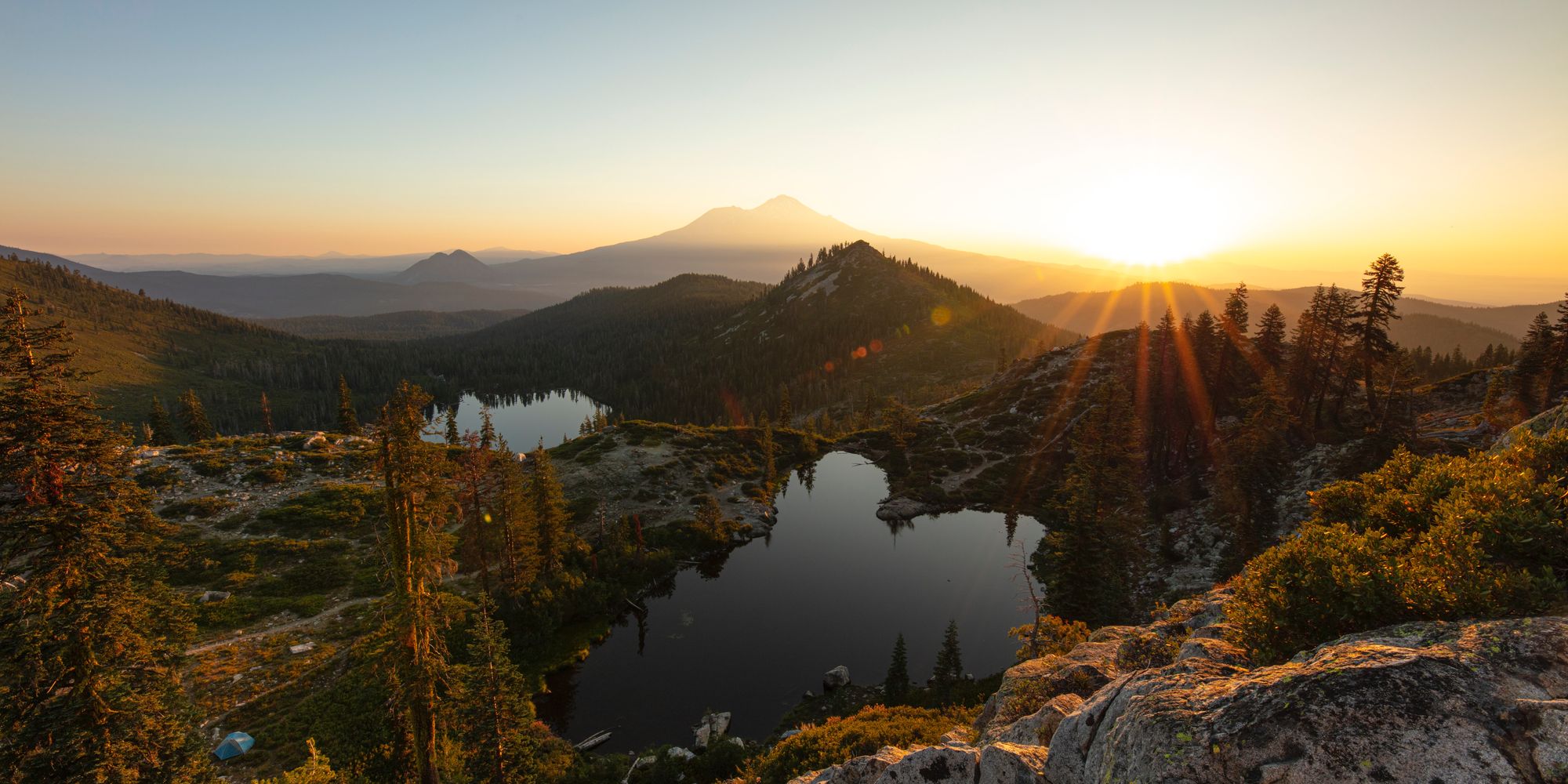Wilderness Conservation: Connecting Community and Nature
By nurturing the bond between community and nature, we're weaving a tapestry of hope—one that promises a thriving world where wilderness areas remain untouched, celebrated, and cherished for generations to come.

Wilderness conservation is a critical mission that reverberates across our planet, impacting Earth's health, humanity's well-being, and the preservation of our natural legacy. This article delves into the profound significance of wilderness conservation, emphasizing the importance of forging robust connections between communities and the natural world. It also underscores the urgent need to secure a sustainable future for generations to come.
Success Stories in Wilderness Conservation
Celebrating the successes in wilderness conservation illuminates the path forward. Consider the remarkable recovery of Yellowstone National Park in the United States, where the reintroduction of wolves in 1995 triggered a trophic cascade, restoring ecological balance and reinvigorating forests and wildlife populations. Across the Atlantic, the Białowieża Forest spanning Poland and Belarus stands as a testament to effective cross-border conservation through stringent policies and international collaboration, preserving the habitat of the European Bison. In Africa, the community-led Lewa Wildlife Conservancy in Kenya serves as a model of sustainable conservation, offering hope for endangered species like the Black Rhino while benefiting both wildlife and local communities. These victories demonstrate the potential of united, strategic, and community-driven efforts in safeguarding our world's wilderness.
The Significance of Wilderness Conservation
Wilderness conservation is not only imperative for preserving biodiversity but also plays a vital role in climate change mitigation, as these areas function as significant carbon sinks. Moreover, they carry deep cultural and spiritual significance for indigenous communities, serving as living classrooms for education and fostering connections between communities and nature. Governmental agencies play a key role in these efforts, establishing protected areas and allocating resources for conservation. Their policies, which may include tax incentives for sustainable practices and penalties for environmental harm, underscore a strong commitment to the stewardship of our planet.
Community-Based Conservation Approaches
The significance of wilderness conservation cannot be overstated, as it encompasses a myriad of environmental, cultural, and educational aspects. Prominently, these natural spaces serve as crucial carbon sinks, contributing substantially to climate change mitigation efforts. For instance, research has revealed that forests absorb approximately 2.6 gigatons of carbon per year. Simultaneously, these wilderness areas hold immense value for indigenous communities, facilitating learning experiences and fostering profound connections with the natural world. Moreover, governmental agencies further reinforce these efforts through the formulation of environment-friendly policies, thereby promoting sustainable practices.
Challenges and Technological Solutions
The role of wilderness in environmental, cultural, and educational aspects is fundamental. These natural spaces are key carbon sinks, with studies showing that forests alone sequester around 2.6 gigatons of carbon annually, substantiating mitigation against climate change. Besides, wilderness areas are of immeasurable value to indigenous communities, serving as life-sustaining learning environments and fostering deep bonds with nature. Meanwhile, government agencies bolster these conservation efforts through eco-friendly policies, incentivizing sustainable practices. Despite the increased consciousness, the struggle for wilderness conservation is riddled with obstacles like habitat loss, climate upheaval, poaching, and human-wildlife conflicts. These challenges necessitate collective action, policy interventions, and the smart use of technology. Resources such as satellite monitoring, drones, and data analysis come to the fore, enhancing monitoring, facilitating research, and mobilizing communities. Yet, this technological support should be seen as an adjunct to the enduring wisdom of traditional ecological knowledge.
Economic Benefits of Conservation
Conservation of wilderness areas presents profound economic advantages. These encompass tourism income, value derived from ecosystem services, potential for scientific research, cultural tourism opportunities, carbon credit benefits, and sustainable management of natural resources. For instance, the World Travel & Tourism Council reports that in 2018, travel & tourism generated $8.8 trillion, or 10.4% of global GDP, corroborating the significant economic potential of wilderness tourism. Additionally, the economic benefits from conservation often transcend the ephemeral gains from exploitation. Thus, it is essential to acknowledge and champion the numerous economic merits of conservation as part of the broader conversation on sustainable development.
Conclusion
In conclusion, wilderness conservation is a multifaceted endeavor involving communities, governments, organizations, and individuals. By recognizing the vital role of wilderness areas, fostering community connections with nature, addressing challenges, embracing technology, and understanding the economic benefits, we can work together to safeguard our natural heritage and ensure a sustainable future for all.
